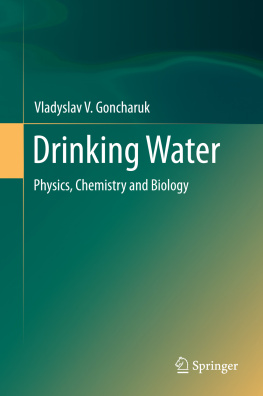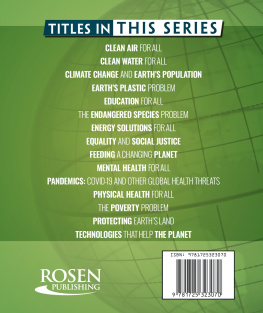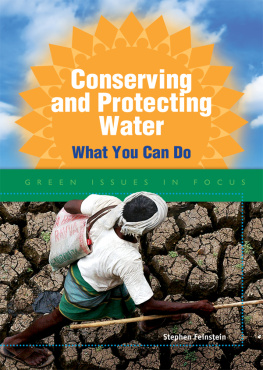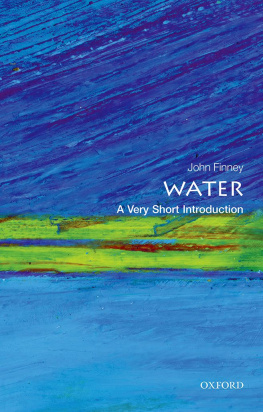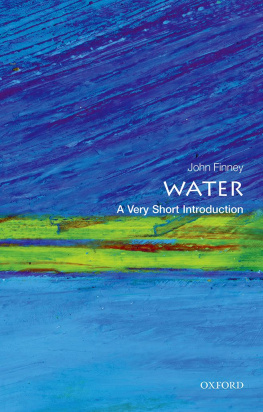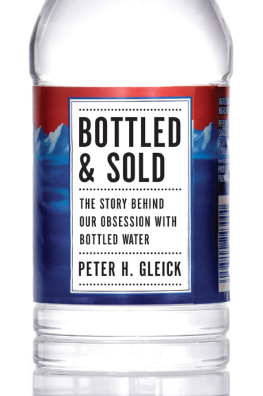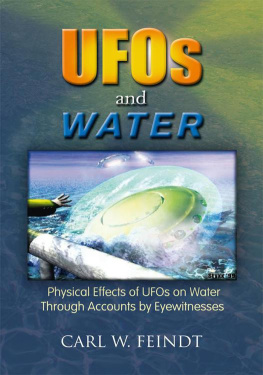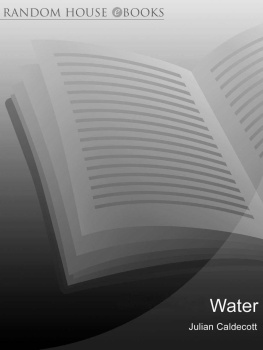Vladyslav V. Goncharuk - Drinking Water: Physics, Chemistry and Biology
Here you can read online Vladyslav V. Goncharuk - Drinking Water: Physics, Chemistry and Biology full text of the book (entire story) in english for free. Download pdf and epub, get meaning, cover and reviews about this ebook. year: 2014, publisher: Springer, genre: Children. Description of the work, (preface) as well as reviews are available. Best literature library LitArk.com created for fans of good reading and offers a wide selection of genres:
Romance novel
Science fiction
Adventure
Detective
Science
History
Home and family
Prose
Art
Politics
Computer
Non-fiction
Religion
Business
Children
Humor
Choose a favorite category and find really read worthwhile books. Enjoy immersion in the world of imagination, feel the emotions of the characters or learn something new for yourself, make an fascinating discovery.
- Book:Drinking Water: Physics, Chemistry and Biology
- Author:
- Publisher:Springer
- Genre:
- Year:2014
- Rating:3 / 5
- Favourites:Add to favourites
- Your mark:
Drinking Water: Physics, Chemistry and Biology: summary, description and annotation
We offer to read an annotation, description, summary or preface (depends on what the author of the book "Drinking Water: Physics, Chemistry and Biology" wrote himself). If you haven't found the necessary information about the book — write in the comments, we will try to find it.
This book takes a broad and eclectic view of the water that all humanity depends upon, probing its role in human life and in the history of our planet, as well as surveying the latest scientific understanding of purification techniques and standards for the protection of water quality.
The volume opens with a chapter on the role of drinking water in human life, which discusses the planets water resources, the quality of drinking water, water and health, the advent of water quality standards, Green chemistry and more. The chapter concludes by discussing the relationship of the biosphere and human civilization. Chapter Two explores the unique properties of water, the role of water in the scenario of development on Earth. Also covered is the current understanding of the importance of the isotopic composition of water, in particular the ratio of protium to deuterium, which is fundamental to life. The third chapter is devoted to Water Clusters, examining the structure, properties and formation of clusters. Also covered here is theoretical research on the interaction of water clusters with ozone, the impact of temperature on water clusters and more. Chapter Four is devoted to drinking water and factors affecting its quality. Discussion includes ecological and hygienic classification of centralized drinking water supply sources, water quality requirements, and problems and potentialities of drinking water preparation. The author introduces a new concept for supplying the population with high-quality drinking water. The fifth chapter examines the peculiarities and problems of water decontamination, with sections on chlorination, ozonation, the bactericidal effects of ultrasound and ultraviolet rays and more. Chapter Six offers a thorough exploration of the theory, means and methods of bio testing as an evaluation method for the quality of drinking water. The final chapter discusses new state standards for drinking water, as well as requirements and methods of quality control.
The concluding selection relates the urgent need to measure, evaluate and protect the quality of drinking water and describes a new state standard of drinking water quality.
Vladyslav V. Goncharuk: author's other books
Who wrote Drinking Water: Physics, Chemistry and Biology? Find out the surname, the name of the author of the book and a list of all author's works by series.

